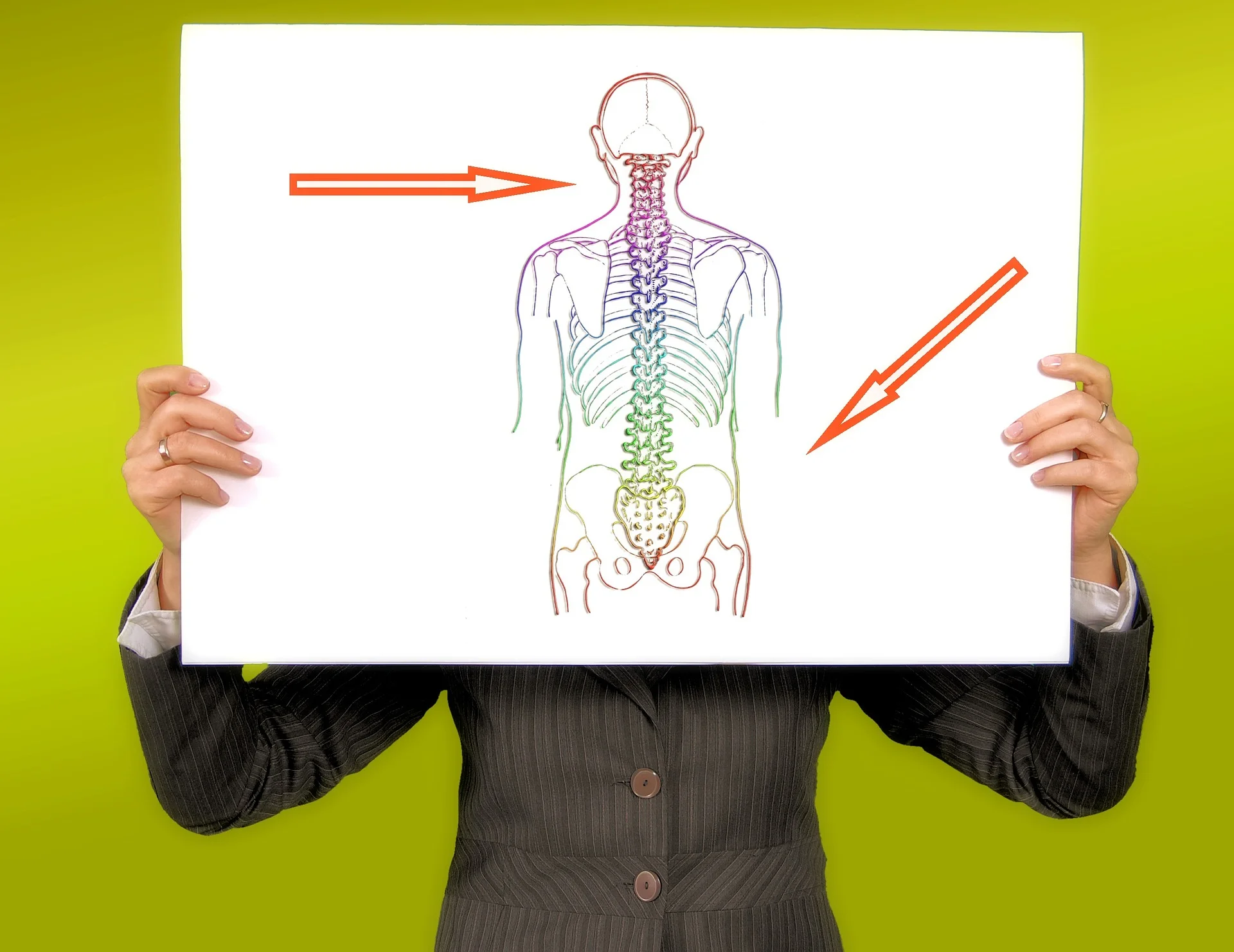What is the upper back?
The upper back is labeled in anatomy textbooks as the thoracic spine. It begins at the base of your neck and runs to the bottom of your rib cage. It is an area that protects many vital organs and changes/moves as we breathe. The upper back is a transitional zone between our neck and our low back, meaning that it is good at both twisting and moving forwards and backwards.
Why is it so important?
The upper back is a zone of transition.
What that means is that it mediates movement from both the low back and the neck. If this area is stiff or not moving well, then it means that our body may place more stress and movement through the neck or the low back. Movement that is more than the neck's or low back's typical role can produce soreness.
Our shoulders rely on the movement of the upper back.
Your shoulder blades are located on the back of the rib cage, which is connect to the thoracic spine. When we reach overhead or outwards for something, our shoulder blade is not the only thing moving during this process. The rib cage and thoracic spine must rotate to accommodate the movement of the shoulder as well. Again, if the upper back does not move well, then extra stress can be placed on the shoulders and may cause soreness
Breathing is kind of important.
As previously mentioned, the upper back is connected onto our ribcage. If the upper back is stiff or moving poorly, then the ribs may have trouble rotating or flexing through there full range of motion. This can affect the depth of our breathing.
So what do I do about it?
Start performing some upper back exercises! If you need a place to start Stay tuned to next week's blog about thoracic spine mobility exercises!
Author: Justine Cosman, PT, DPT : Doctor of Physical Therapy, Business Owner, Associate Professor, and Blog Contributor. Explores common client questions and helps find solutions for every day functional health concerns, and then some. Loves empowering others, seeking adventure, and learning every day.




